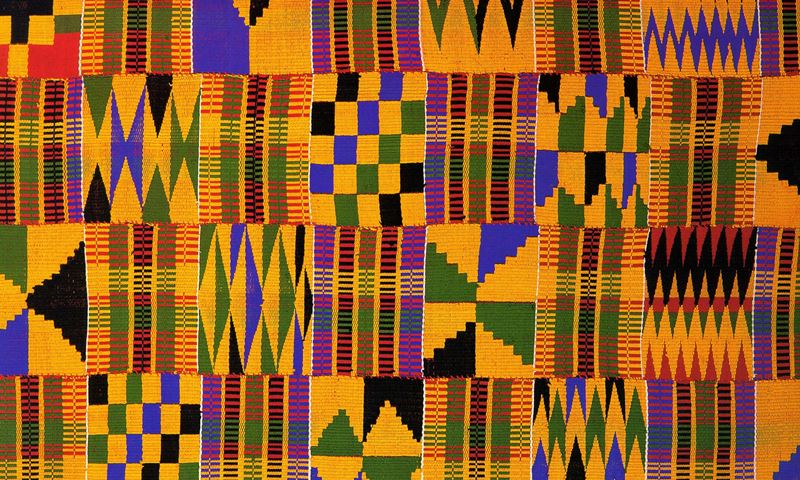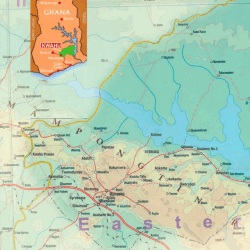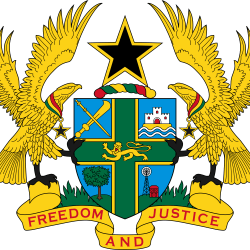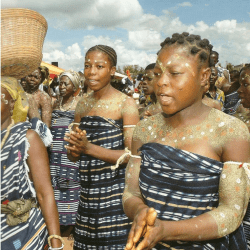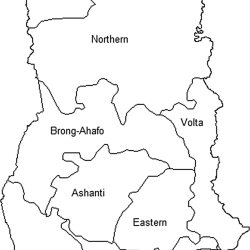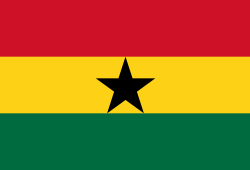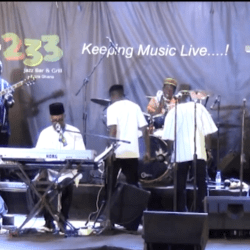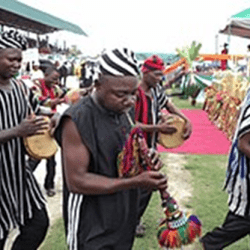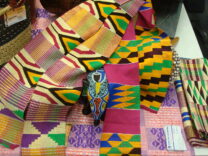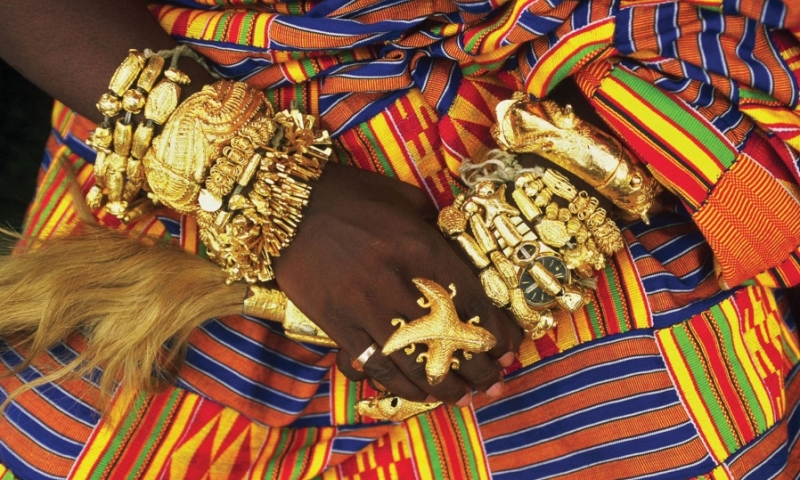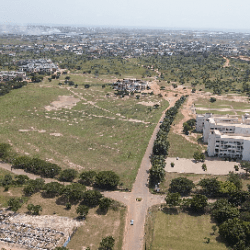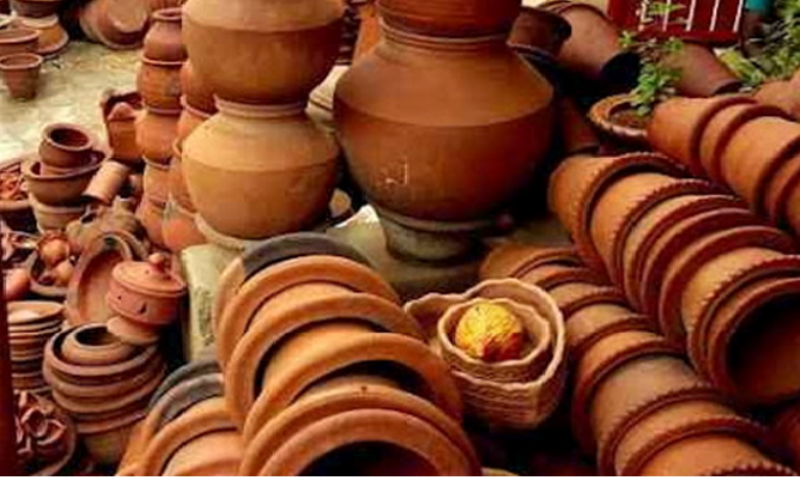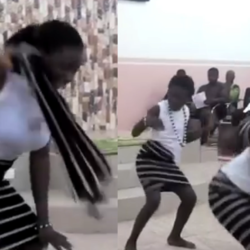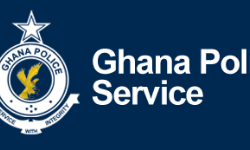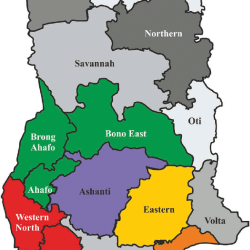Each ethnic group of the regions in Ghana has its own traditional dances, with some specific dances for different occasions like festivals, marriage ceremonies, other celebrations, and funerals.
These dances are performed to entertain and educate people e.g. adowa, agbadza, bamaya, borborbor, kpanlogo, kple and apatampa dance.
In Ghana, there are institutions that perform and teach such dances, notably the National Theather of Ghana. Other institutions are the School of Performing Arts, University of Ghana, and the Department of Theatre Arts, University of Education, Winneba.
Adowa
“Adowa” is the Akan word for “Antelope.” The Adowa dance is a Ghanaian Akan dance that is thought to have developed by imitating the strange motions of a sacrificial antelope. The dance could be a praise dance, a dance to send a warning, a dance to shower insult on someone, a dance to display power and dominance, a dance to convey delight, and so on, depending on what the dancer wants to say to his or her audience. It is performed at weddings, naming ceremonies, funerals, festivals, and the enstoolment and destoolment of chiefs and queen mothers, among other occasions. It is characterized by moving hands accompanied by footsteps, and the dance frequently conveys a specific message.
Agbadza
This traditional dance is performed by the Ewe tribe in the Volta Region. The Agbadza is a traditional dance that originated in an ancient warrior known as Atrikpui and is performed at festivals and funerals. Ewe religious ceremonies are not left out. The vutsotsor, a slow stride in which the arms flap at the side with elbows extended and a fast step in which the arms flap back and forth while extended downwards, is done by men and women with drums and rattles. How you end the dance communicates a lot. For example, a married person has a way of ending and an unmarried person also has a unique way of ending, to communicate his/her availability for friendship/relationship.
Bamaya

Apatampa Dance
Apatampa is a Ghanaian dance performed by the Fanti people. The Dance’s name is thought to have sprung from a long-ago incident in which a giant attacked and slaughtered the Fante men in the dead of night. One night, as the giant was fighting the final guy, a woman appeared and danced deftly to divert everyone’s attention away from the fight. She was praised for breaking up the fight (apata ampa in Fante). The person begins by slapping both thighs twice with both hands and clapping the hands on the third beat of the dance. The chest is then beaten twice for the fourth and fifth beats. This is done with a smile and a joyful demeanor while moving. Furthermore, the dance act is choreographed to the beat.
Borborbor
Borborbor Dance is a dance mainly done by the Ewe people from the central and northern parts of the Volta Region of Ghana. It is danced notably at marriage ceremonies, funerals, festivals, and other merry-making events. It was once known as the Akpese Dance and was performed by the people of Kpando. Highlife, a prominent Ghanaian music genre, features a lot of dancing. It’s regarded as a social dance that encourages individual expression. This traditional dance also represents Ghanaian culture and, as a result, serves as a sign of identity.
Kple
Priestesses execute this ceremonial dance in temples around Greater Accra during the Homowo festival in late August and early September.
The purpose of this dance is to speak with the gods and to deliver blessings to the people.
Kpanlogo
A popular leisure dance among Greater Accra’s Ga-Adangbe people. The dance’s movement represents subjects like social concerns, politics, and the expression of human emotions. The kpanlogo dance is typically done low to the ground with bent knees and a bowed back, and sexually provocative gestures are commonly used.
This is a Northern dance that is performed during social occasions. It is done by ladies who sing praises to their creator as well as those who have assisted them in their upbringing. The calabash is used as both a musical instrument and a dancing item in this dance.

